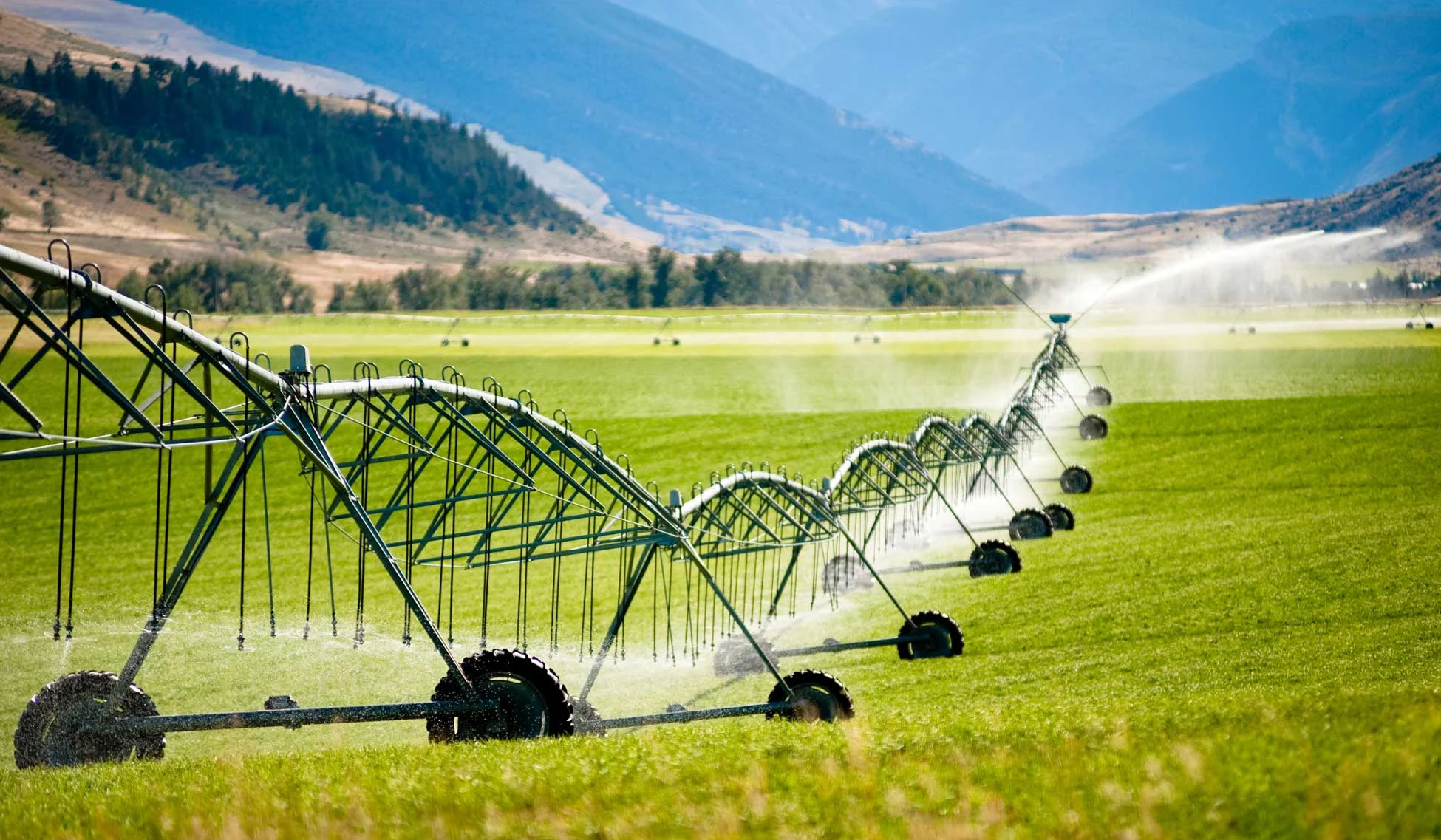As an agricultural producer, it is important to consider the water footprint in your relationship with the supply chain. The water footprint measures the amount of water used in the production of goods and services, and its improper use can have serious consequences for the environment and local communities. However, agriculture has the potential to help the value chain reduce the water footprint end-to-end and generate economic value.

The water footprint can be broken down into three main components: green water footprint, blue water footprint, and grey water footprint. The green water footprint refers to the rainwater used in the production of crops and other agricultural products. The blue water footprint refers to surface and groundwater used in the production of goods and services. The grey water footprint refers to the volume of water needed to dilute the pollutants produced during the production of goods and services.
The water footprint is important for agricultural producers because water is a limited and valuable resource. Its improper use can have serious consequences for the environment and local communities. The water footprint helps agricultural producers better understand their water use and identify opportunities to improve water efficiency and reduce environmental impact.
But the water footprint is also a valuable tool for value chain management. Companies are increasingly interested in the sustainability of their supply chains and are taking measures to reduce their water footprint. As an agricultural producer, knowing your water footprint allows you to identify opportunities to improve water efficiency and reduce the environmental impact of your products. Additionally, agriculture has the potential to help the value chain reduce the footprint end-to-end, generating economic value for all involved stakeholders.
In conclusion, the water footprint is an important tool for agricultural producers looking to improve water efficiency, reduce the environmental impact of their products, and generate economic value in the supply chain. Agriculture plays a crucial role in reducing the footprint end-to-end and adopting sustainable practices in production and consumption. As an agricultural producer, you should consider the water footprint in your business management and in your relationship with the value chain. Sustainability is a shared responsibility, and the water footprint is a way to demonstrate your commitment to the environment and society.


